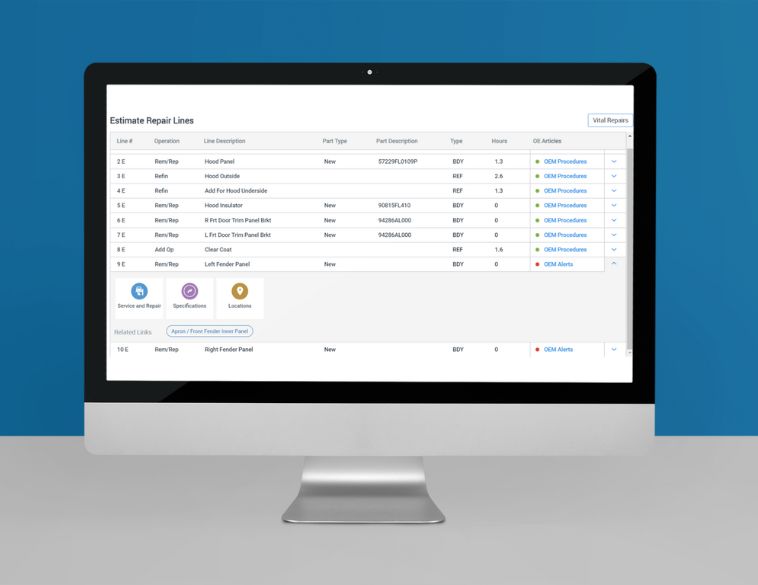Eliminate gaps to ensure a smooth, consistent and quality repair process.
Communication is a topic that is discussed a lot in our industry. Yet understanding what good, effective communication really is and how to implement it consistently can sometimes appear to be very challenging. Along with solid processes and procedures, the key to effective communication involves clearly understanding the other person’s perception or expectation of what will happen and then either confirming or if necessary, realigning their expectations to match the reality.
Monitored and utilized
When we look at a typical collision repair, from the First Notice of Loss (FNOL) to when the customer receives back the keys to their repaired vehicle, communication is something that must be monitored and utilized effectively at every turn.
This means that starting with a complete and accurate FNOL is imperative. Shops are then well advised to develop clear and concise communication templates for contacting customers to schedule estimates, vehicle repairs and deliveries. These templates should be designed to align the customers’ expectations with what will happen on each visit.
As well, the shop could create templates to guide the typical conversations the collision centre staff will encounter on items such as insurance deductibles, insurance protocols, rental vehicle limits, as well as aftermarket and used parts options and availability for the repair. Having this clear communication up front will align the customers’ expectations with your abilities and responsibilities, their responsibility, and the insurance company’s responsibility, helping to reduce complaints and customer dissatisfaction.
Besides having processes and templates for communicating effectively, how frequently messages are delivered and received is also essential. Multiple production/communication meetings should be held during the day, ensuring each staff member knows what is expected of them and allowing them to discover any potential obstacles. This will align management’s expectations with what the shop can actually produce and allow problems and delays to be communicated upstream.
Important role
Collision shop operators and managers also need to be keenly aware of the important role customer service representatives (CSRs) and estimators play in communications. They are on the front line and how well they are able to do their job comes down to the information they receive and supply. That is why they need to be armed with the right information from production/communication meetings so they can do any necessary follow-ups and properly update the shop’s management and communication systems, as well as re-align customer, insurance company and rental company expectations.
Being sympathetic to the multitude of systems and procedures, as well as taking the time to understand the needs of stakeholders, such as the collision repairer and insurer; plus understanding how to communicate effectively between different parties can help reduce complaints and stress. Having up-to-date information, and pro-active conversations is also key.
Brand perception
Today, in a society where people expect accurate updates and information at their fingertips—as an industry, we can no longer afford poor communication, especially when how you communicate will determine how customers and the public perceive your business in relation to others, or even different industries and sectors.
There is no question that across our industry today, we have the skills and capabilities to repair today’s advanced vehicles to exemplary standards, but what distinguishes those operators that are consistently ranked at the top of their game from others comes down to superior service delivery and customer experience. And critical to delivering that is clear, accurate and timely communication.






 MONTRÉAL
MONTRÉAL Full time
Full time


